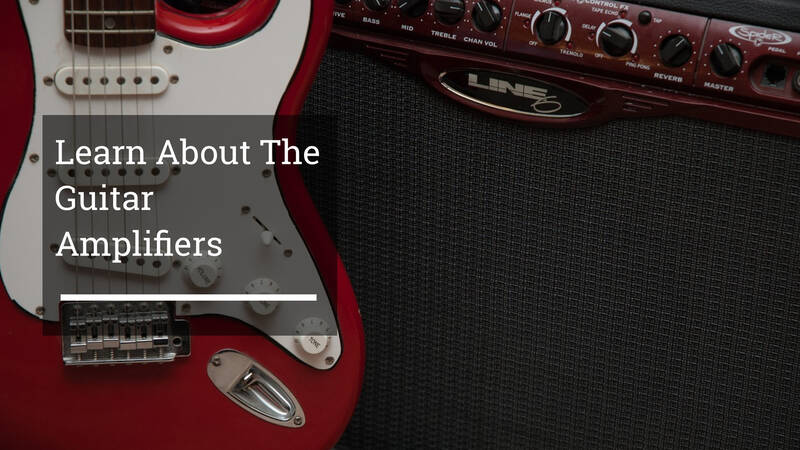
Chances are, you just bought your first electric guitar and want to know everything about guitar amps. Maybe you’re just curious how long amps have been around, how they work, or which one to buy.
Whatever the reason, by reading this article, you will get answers.
Amplifier history
Guitar amps have been around for roughly 70 years, first appearing during the 1930s. The first amps had very poor bass and treble responses.
This got better over time, as the amps got better and better. During the 1960s, the guitar amp greatly evolved to where it is today, when guitarists of that era experimented with deliberately over-driving their amp to create distortion.
From then on, most amps featured preamp distortion controls. Since then, playing with distortion has become an important part of playing the electric guitar.
Types of amplifiers
There are two types of amplifiers: vacuum tube and solid state amplifiers. In addition, there are some amplifiers that combine both solid-state and tube technologies.
Most amplifiers, especially the less expensive ones, are solid state because they are lighter and easier to repair than tube amps.
However, many guitarists prefer the tube amp because of the analog sensitivity of the tube amp, which they claim makes tube amps sound better.
While this is probably the case, most beginners can’t afford to shell out the $ 500- $ 1000 it costs to buy a good tube amp. This is why solid state amplifiers are a good buy in some cases.
Solid-state and vacuum tube amplifiers come in combination packages (speakers and head) or separately.
Guitarists who are not picky can just buy the combo, while those who are picky can “mix and match” heads and speakers. This is useful for those looking to achieve a certain sound.
How Amps Work / What Watts Mean
Without going into a big, long technical explanation, amplifiers basically take the vibration (sound) of the string (s) and amplify it, thereby increasing the sound.
If you want to learn more about the technical side of guitar amps, there are several good books that cover the subject quite thoroughly.
Each amp has a certain number of watts. The higher the number of watts, the louder the sound produced by the amplifier.
Generally speaking, those who want to play in shows will want to get amps with at least 30 watts, preferably at least 50 watts, especially if they plan to play in larger venues.




1 Response
[…] Chances are, you just bought your first electric guitar and want to know everything about guitar amps. Maybe you're just curious how long amps have been […]